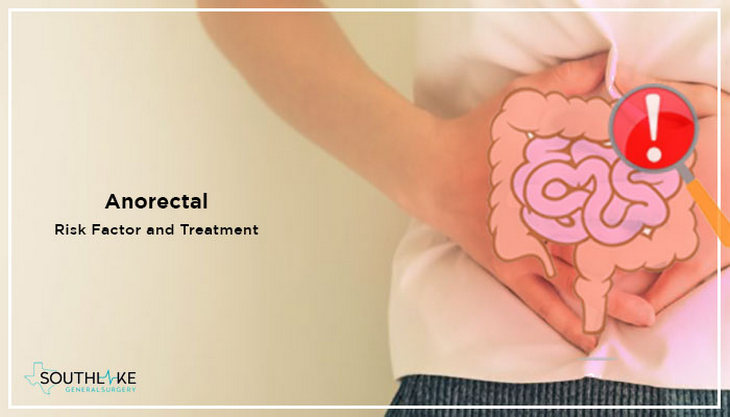Anorectal medical procedure speaks to a variable part of methodology in a general surgical department. Be that as it may, the range of anorectal medical procedure or anorectal surgery is wide, running from operations for hemorrhoids to intersphincteric resection for low rectal disease; in this way, significant surgical ability is required.
Anal incontinence is from one viewpoint a sign for reconstructive medical procedure or surgery and then again a notable complication after anorectal medical procedure. From the specialist’s perspective, it is frequently wise to decide function before and after medical procedure also measure the risk factors of anorectal malformation.
Evaluation of Anorectal Disorders
The anal canal starts at the anal skirt and finishes at the anorectal intersection (pectinate line, mucocutaneous intersection, dentate line), where there are approximately 8 to 12 anal crypts and 5 to 8 papillae. The trench is fixed with anoderm, a continuation of the outside skin. The anal channel and adjoining skin are innervated by physical tangible nerves and are exceptionally helpless to excruciating boosts. Venous seepage from the anal channel happens through the caval system, yet the anorectal intersection can deplete into both the entry and caval system. Lymphatics from the anal canal go to the inside iliac nodes, the back vaginal wall, and the inguinal nodes. The venous and lymphatic disseminations decide how harmful illness and disease spread.
Anorectal disorders include following conditions:
- Anal cancer
- Anal fissure
- Anal itching
- Anorectal abscess
- Anorectal fistula
- Colorectal cancer
- Fecal incontinence
- Hemorrhoids
- Levator syndrome
- Pilonidal disease
- Proctitis
- Rectal foreign bodies
- Rectal prolapse
- Solitary rectal ulcer syndrome
History
History ought to incorporate the subtleties of bleeding, torment, projection, release, swelling, strange abdominal sensations, solid discharges, incontinence, stool qualities, utilization of cathartics and bowel purges, stomach and urinary manifestations or any anorectal fistula surgery recovery history. All patients ought to be gotten some information about anal intercourse and other potential reasons for injury and contamination.
Physical assessment
Assessment ought to be done delicately and with great lighting. It comprises of outer review, perianal and intrarectal computerized palpation, stomach assessment, and rectovaginal Bidigital Palpation. Endoscopy and unbending or adaptable sigmoidoscopy to 15 to 60 cm over the anal skirt are regularly included. Investigation, palpation, and endoscopy and sigmoidoscopy are best finished with the patient in the left horizontal position (Sims position) or transformed on a tilt table. In instances of difficult anal sores, topical (lidocaine 5% treatment), local, or even broad sedation might be required. On the off chance that it tends to be endured, a purging phosphate enema may encourage sigmoidoscopy. Biopsies, smears, and cultures should be collected, and imaging examines are done whenever showed.
For more information and consultation related to your present medical, please book an appointment with our healthcare expert at https://www.southlakegeneralsurgery.com/make-an-appointment/

